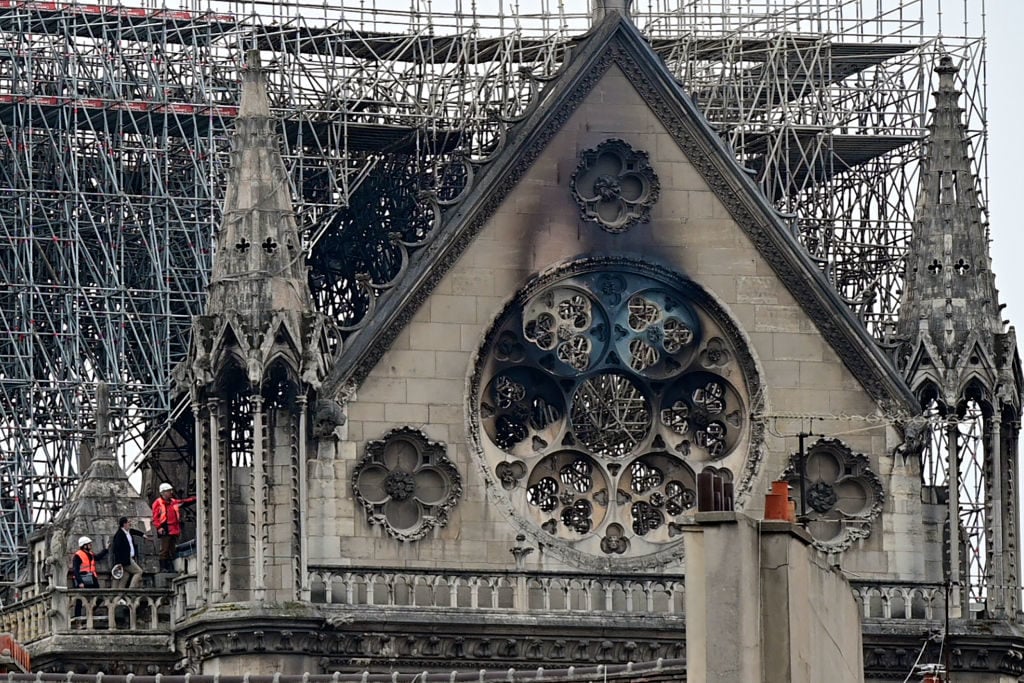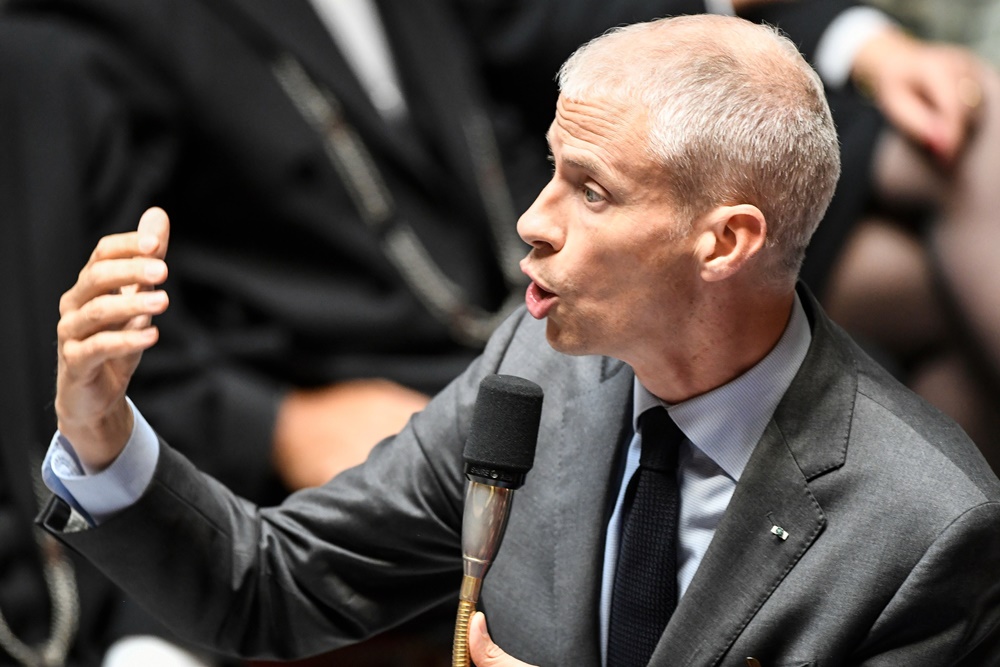Politics
France Approves a Reconstruction Plan for Notre Dame. But Some Say It’s Moving Too Fast, Risking Further Collapse
Politicians are squabbling over the timing and style of the reconstruction efforts.

Politicians are squabbling over the timing and style of the reconstruction efforts.

Eileen Kinsella

French members of Parliament approved a law today concerning the reconstruction of the famous Notre Dame cathedral, three months after it was partly destroyed by a devastating fire. But the approval of the reconstruction bill in the National Assembly is just the start of a complicated, and contentious, process of restoring the cathedral.
“The hardest thing is now ahead of us. We need to strengthen the cathedral forever and then restore it,” French Culture Minister Franck Riester was quoted saying in Agence France Presse.
French president Emmanuel Macron has previously said the reconstruction should be completed within five years, but some say that time frame is unrealistically soon. Macron’s suggestion that the church’s toppled spire could be replaced by a steeple with a contemporary spin also touched off an uproar. According to Riester, the goal is “to give Notre-Dame a restoration appropriate for the place it has in the hearts of the French people and in the entire world.”
The approved bill will provide oversight for the $954 million (€850 million) in total donations pledged from individual, corporate, and private donors. (Rival French luxury goods billionaires Bernard Arnault and Francois-Henri Pinault, son of Christie’s owner François Pinault, pledged €200 million and €100 million, respectively.)

French Culture Minister Franck Riester addresses deputies during a session of questions to the government at the French National Assembly in Paris on July 16, 2019. Photo by Bertrand GUAY / AFP/Getty Images.
Passage of the law through parliament was delayed by objections from some members of parliament who argued that the reconstruction was being rushed to ensure that it is completed in time for the 2024 Olympic Games in Paris. “Imposing a deadline of five years from on high makes no sense,” said Brigitte Kuster of the opposition Republicans.
But Riester insisted: “We are not confusing speed with hurry.” The structure of the cathedral was “not entirely saved” and there is still a risk of collapse in some areas, he says.
Meanwhile the New York Times published an extensive report today detailing crucial mistakes that led to the cathedral’s destruction, including how a guard went to the wrong part of the structure after the first fire alarm sounded, delaying by nearly 30 minutes the response time. It also revealed that the structure came far closer to collapsing than was previously known.